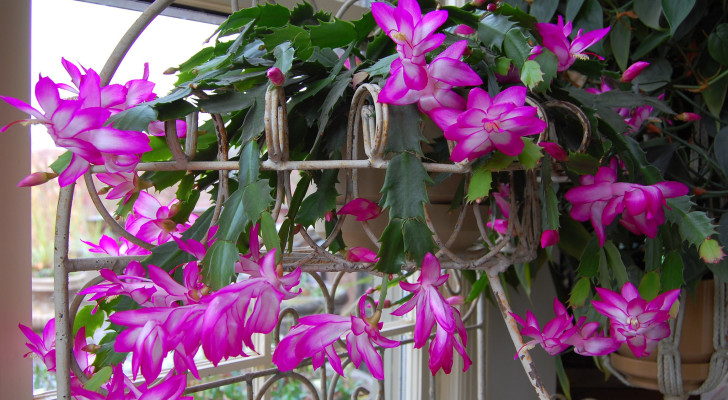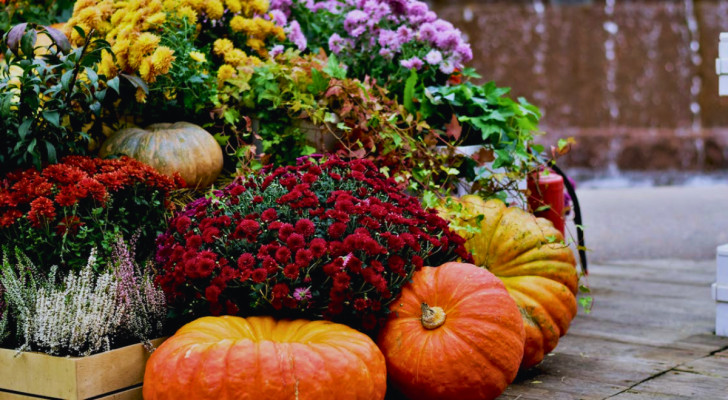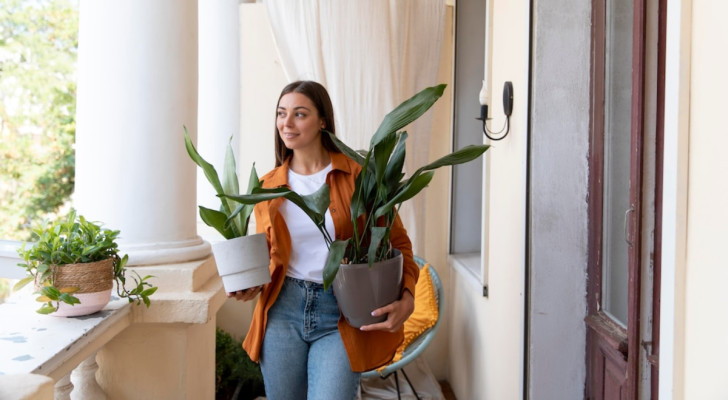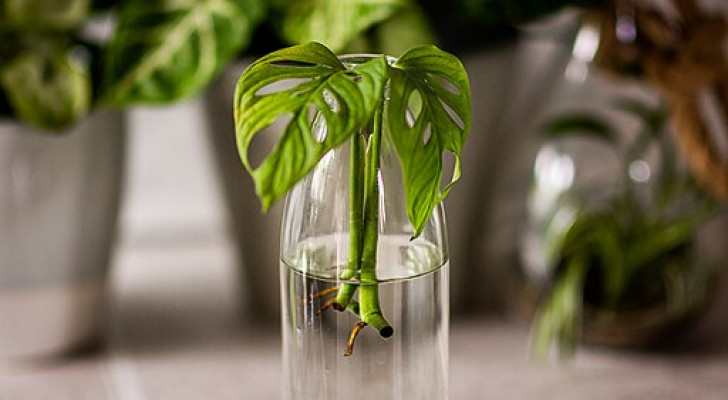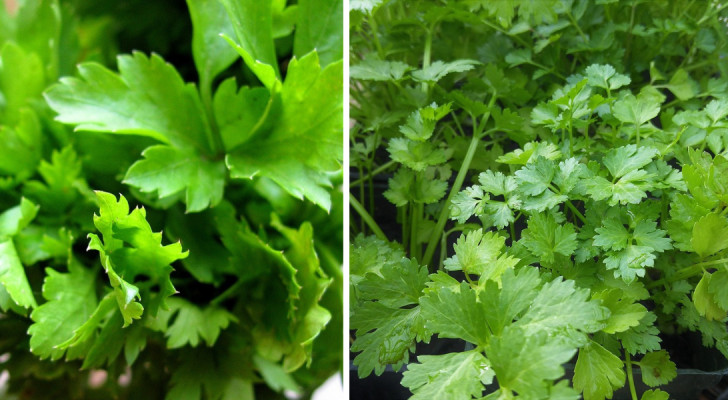Small, beautiful plants: here's some the best to grow for decorating your home tastefully

Nothing livens up and complete the decor of a room like a plant, even better if there are many of them. But on the other hand, they take up a lot of room! Fortunately, there are many that are small in size but absolutely irresistible in shape and color. They remain compact but decorate tastefully, and some are even auspicious! Let's take a look at some of the cutest ones you might welcome in your home.
Peperomia Hope (Peperomia deppeana X quadrifolia)
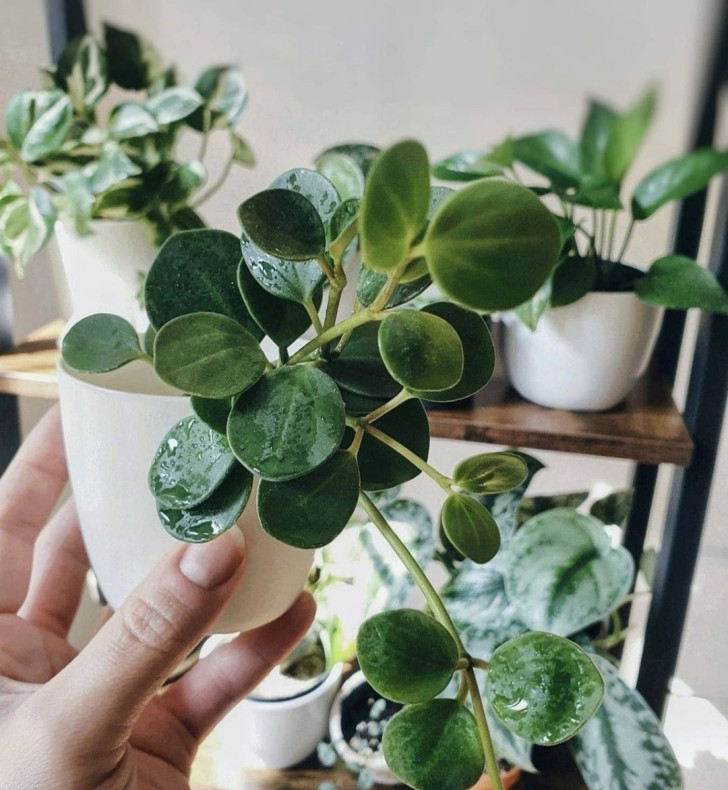
This variety of peperomia is called "hope" - something we all want more of in our lives, no? And considering that other plants in the Peperomia family are associated with luck and wealth, it's worth have a few of these plants your home. Peperomia has a compact shape and round, fleshy leaves with delicate, but visible, light veins on the surfaces.
Place your peperomia on a brightly illuminated shelf or windowsill - but not direct sunlight - to allow it to thrive!
Hoya Kerrii, the heart-shaped plant
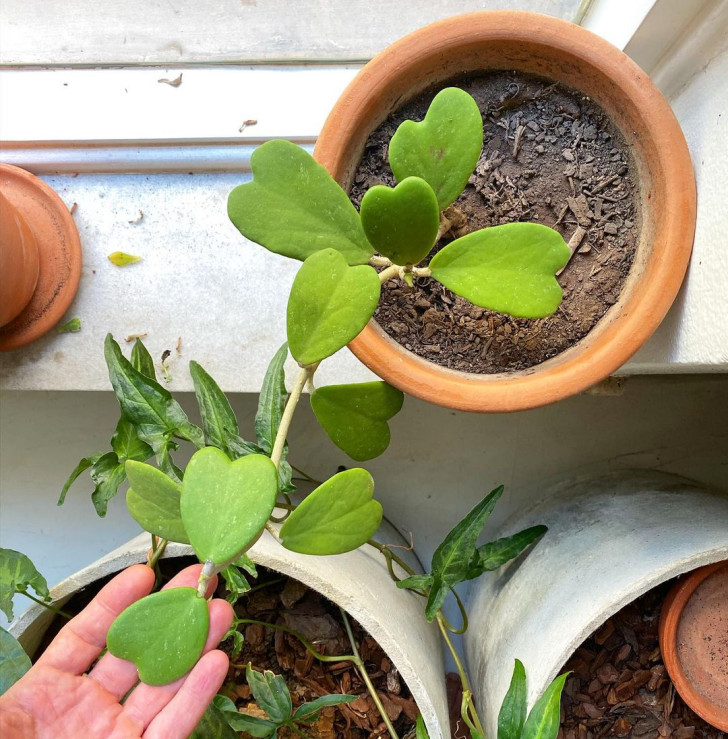
Commonly called the "Sweetheart" plant, this name extols the heart-like shape of its leaves. This variety of Hoya has green or even mottled leaves and is a creeper (which allows you to let its foliage hang/droop downwards; alternatively, you can provide supports for it to grow on). Typically cultivated from leaf cuttings, Hoya looks just like a fleshy (green) heart growing out of the soil!
African Violet (Saintpaulia)
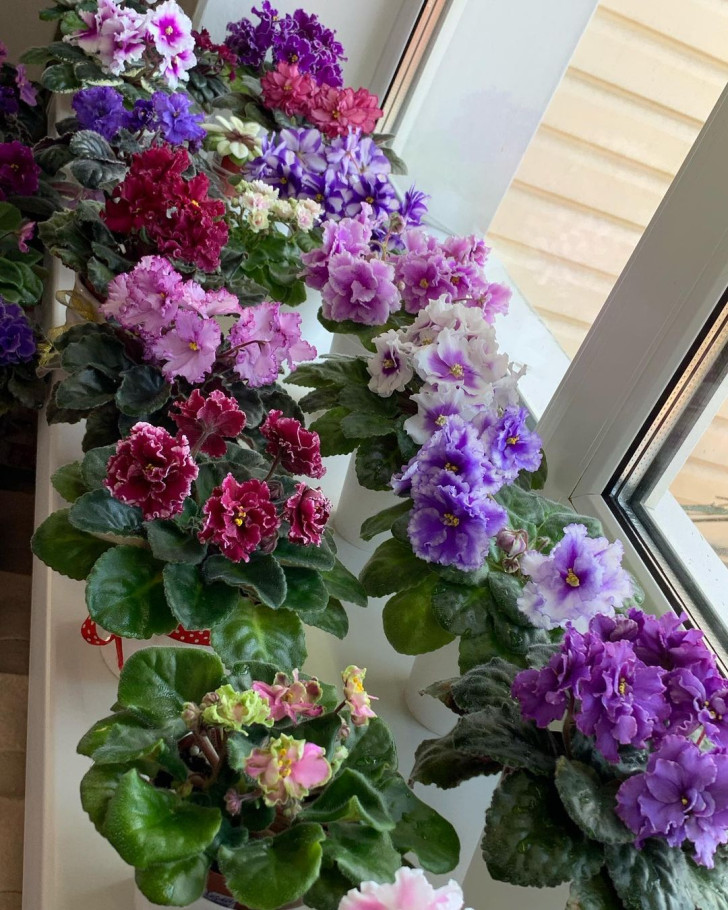
Do you want a small, flowering plant? Well, why not consider African violets? These African succulents don't need much water, so they're easy to grow indoors too. African violets prefer brightly lit spots but not direct sunlight. It is essential to ensure their soil is well-draning, as they can be prone to root rot. African violets should be kept away from draughts and, when watering them, it is best to avoid wetting their leaves. Finally, as soon as you see any dead leaves, remove them: if they do not come off easily by hand, only use very sharp scissors with sterilized blades for this task.
Jade tree, or money tree (Crassula ovata)
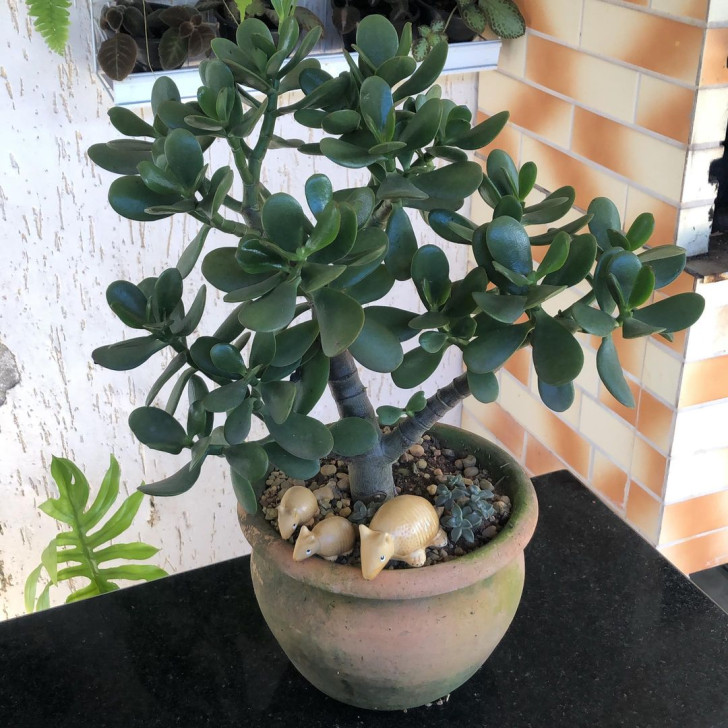
Not a plant as small as the others on this list, but Crassula is very easy to cultivate. This plant is believed (in folklore) to bring wealth to those who cherish it, hence its common name: the "money tree". Others growers call it the "jade tree", but its full, scientific name is Crassula ovata. Do not expose crassula to temperatures lower than 10 degrees C (which means it is a plant that is almost always grown indoors). This plant loves the sun - at least for a few hours a day - so there's no problem placing it on south-facing windowsills!
Bunny succulent (Monilaria obconica)
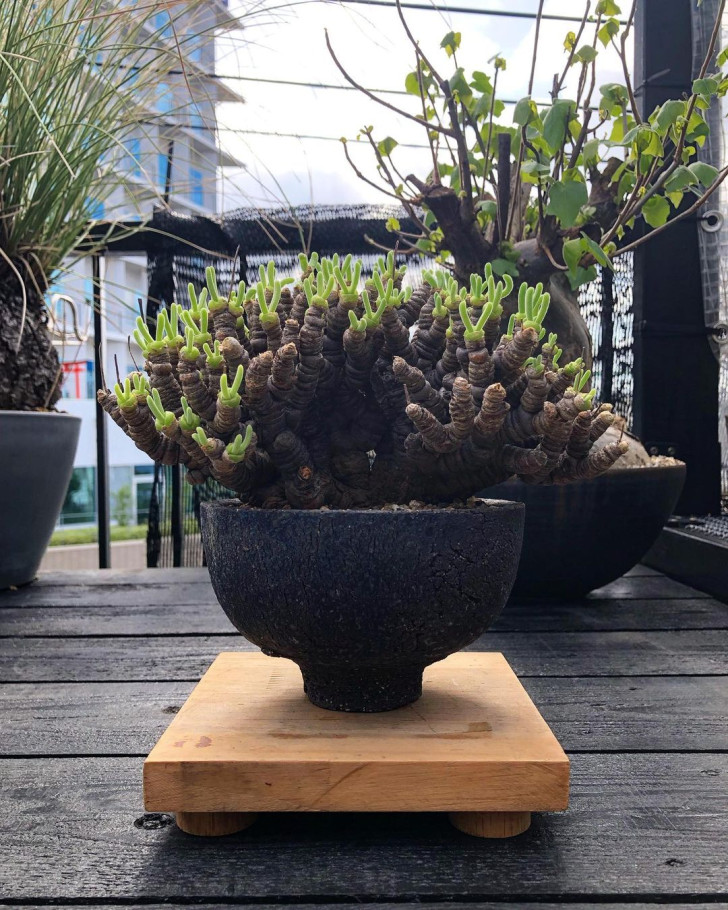
Let's now move on to a plant with a very unusual shape and form: it is a succulent called Monilaria obconica, but it is often called the "bunny succulent", because its new, small shoots look exactly like the furry ears of bunnies peaking out of the top of the plant. These "ears" will grow long and straight, giving this plant its unique charm. This succulent requires a minimal amount of care: providing a bright spot and infrequent watering is about all you need to do for this plant. And, if you are lucky, your bunny succulent will bloom with beautiful, white flowers that look like small daisies!
6. Bear's paw (Cotyledon tomentosa)
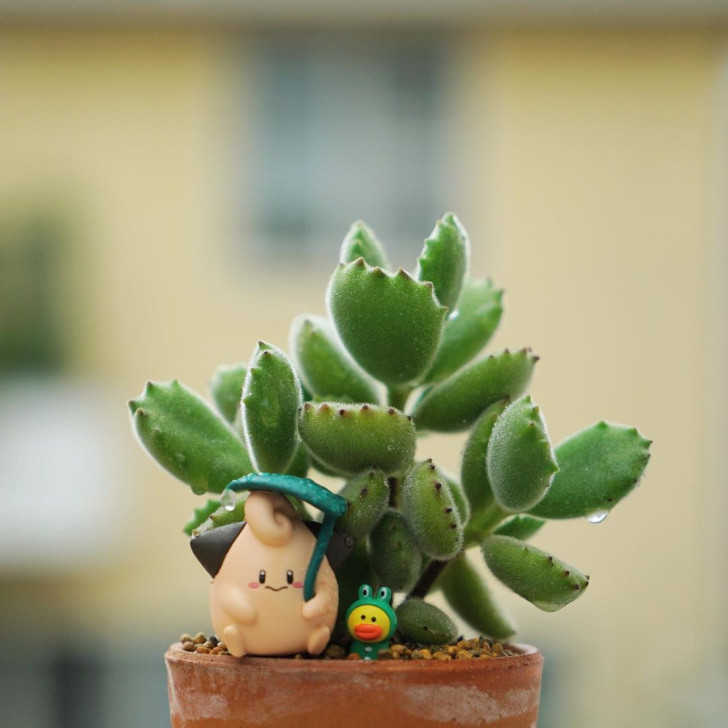
Here's another beautiful succulent: the Cotyledon tomentosa, better known as the "Bear's Paw". Its fleshy leaves, covered with a thin, silver fuzz, look like the claws of a bear! This plant needs exposure to a lot of sunlight all year round, and only needs protection from the sun during the hottest hours in summer. As for irrigation, you only need to water bear's paw when the soil is completely dry (ie. rarely). Since it also grows slowly, bear's paw is a perfect plant for decorating the home!
7. Prayer plant (Maranta leuconeura)
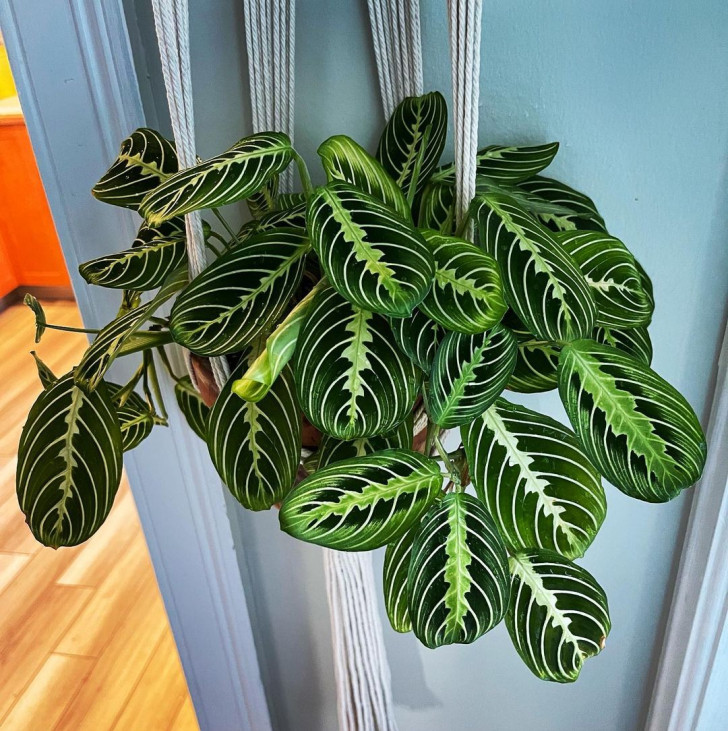
You can be mesmerized looking at the patterns on the leaves of a Maranta leuconeura, but it's when you notice the way those leaves close at night - folding in half like two hands joining together in prayer - that you'll realize just how special this "praying" plant is! Maranta loves brightly-lit spots (without exposure to direct sunlight), should be watered every 7-14 days (or when the soil is completely dry), and prefers a slightly humid environment.
Ctenanthe
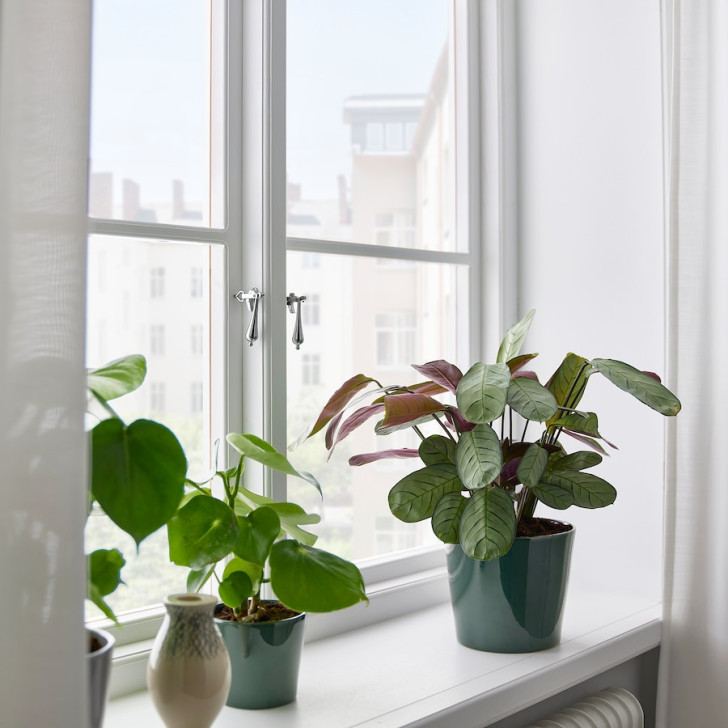
A relative of the Maranta (see above), the Ctenanthe also has truly beautiful, geometrically-patterned foliage. The underside of this plant has a purplish hue, and its leaves also move depending on lighting conditions. It loves brightly-lit spots, moderate humidity and should not be exposed to direct sunlight. It grows to a maximum of 40 cm in height, and tends to have a compact shape, full of buds and new shoots.
Which of these plants would you like to welcome into your home?
